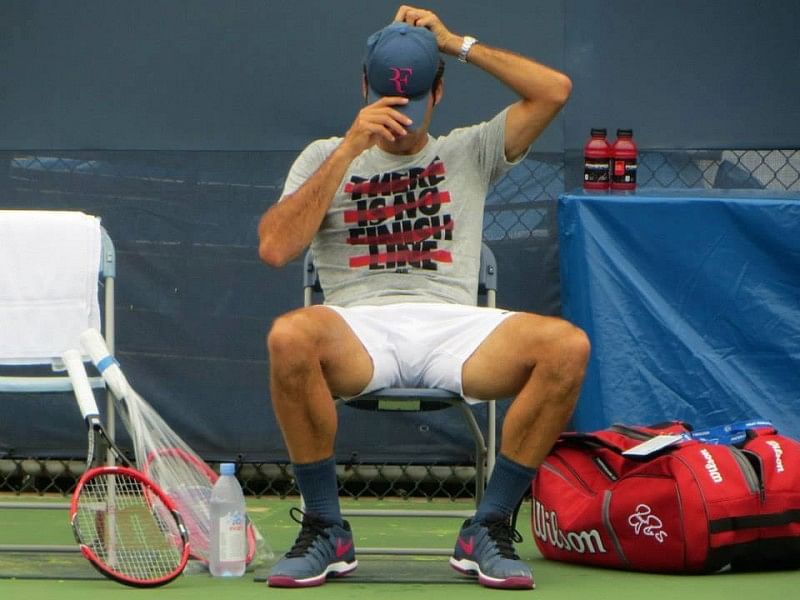
5 changes implemented by Roger Federer that have helped him remain relevant
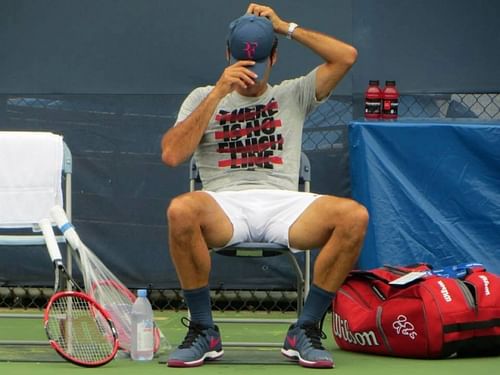
How long does it take to perfect any form of art?
Is it possible to attain perfection? Or is the path to perfection a long winding never ending road laden with learning milestones?
Roger Federer has always been known for his artistry on court. Often compared to the likes of Michelangelo and Da Vinci he is renowned for painting tramlines and dabbling with a plethora of shots to create a masterpiece of tennis art. The artistry, I believe, is only the outcome. It is the outer superficial layer.
When you peel away the layers of artistry, technique, dexterity, finesse, movement, agility, tenacity and focus, they expose a core of pure mastery. That core which feeds on motivation, thrives in inspiration but whose thirst to learn and experiment remains unquenched. It is this unquenchable thirst that stokes his zeal and will to keep him going for so long.
Federer’s ability to craft a moment of magic by hitting an approach and following it up with a flowing volley is like watching an accomplished dancer go into an arabesque and melt away into stillness. But he does not bore you with the same elements; he mixes and matches them in so many permutations and combinations that the emotions of a spectator weave and bob all over the place.
Not too long after winning his 17th Grand Slam and regaining the numero uno position, Federer’s career started going downhill. The slide was further aggravated by an injured back. In a span of a few months he was down to No.6 in the World and the season that followed in 2013 was more than a forgettable one. On the cusp of 31 – often referred to as the wrong side of thirty – most players contemplate the ‘R’ word.
Not Roger Federer. The ‘R’ in his dictionary meant realignment. The need for change was palpable. For a player who already owned an all-round game, what could he possibly do better? Thus began his journey of trying to stay relevant.
Switching racquets
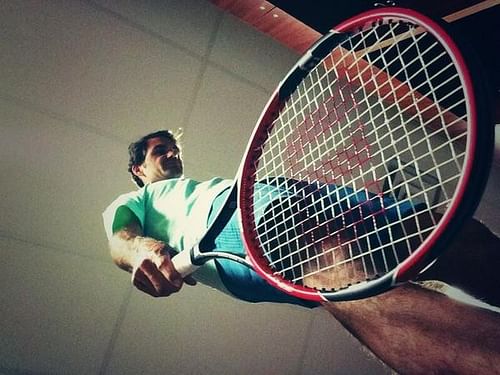
As much as this Swiss Maestro drew squeals of elation from his masterful display of tennis, he elicited gasps of disbelief for shanks and mishits that only seemed to increase as 2013 wore on. He started experimenting with a new larger racquet, a black prototype, during the European clay season. After an ignominous exit from that year’s Wimbledon, his resolve to switch to a racquet with a larger sweet spot grew stronger. Finally, just before the Rogers Cup in 2014, the Wilson Pro Staff RF97 was revealed.
The switch and the entailing success did not happen overnight. According to the product team at Wilson, it was a long drawn process that spanned several months and involved about 250 slightly modified versions of the racquet. The dividends paid off as the larger racquet added more zip to his shots and helped him take down hard hitting youngsters who were almost a decade younger than him.
Avoiding stagnation
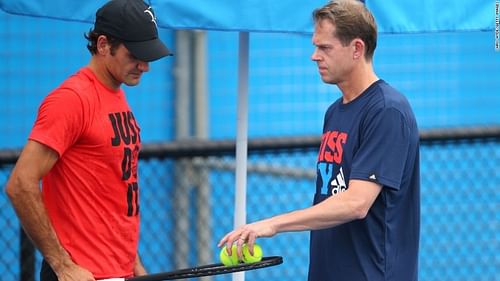
Federer recognized that the impending change that he had chosen to bring about had to be multi-pronged. Engaging in long rallies was almost a dead investment on court. Most players, who were younger, fitter and stronger could out muscle him from the baseline. He acknowledged the importance of keeping the points short, and there was no one better than his childhood hero, Stefan Edberg, to help him implement it.
With the arrival of Edberg in his coaching team in December 2013, Federer reoriented his brand of tennis to an aggressive one. He sharpened his volleying and rushed his opponents by approaching the net at the drop of a hat. In 2014, he finished at No. 2, reaching the semi-finals at the Australian Open and US Open. He also reached the finals at Wimbledon and won his maiden Davis Cup that year, which was the icing on the cake.
Being a good loser
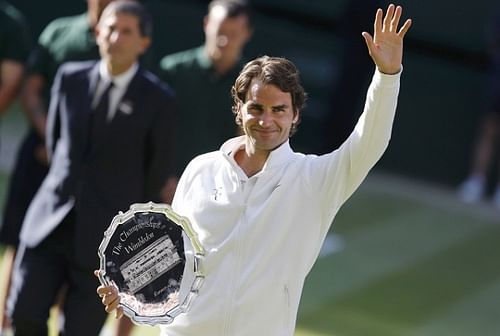
The art of staying relevant is always not about being deliberate, at least in the context of tennis. While the big picture could always be well thought-out and strategically crafted, the finer details need to be tweaked after judging specific match situations.
Although this has always been Federer’s strong suit, he took it a notch higher – notably, at the Barclays World Tour Final. In his round-robin match against Juan Martin Del Potro, Federer troubled the Tower of Tandil by constantly varying the depth of his shots and using every nook and cranny of the court effectively.
There is no way he could have won this match only by staying at the baseline and trading blows with the mighty Argentine.
After missing out on a golden opportunity to win an 8th Wimbledon in 2014, Federer returned to SW19 in 2015 with a new slick backhand that he hit flat and hard. With the surface being grass, this flattened out backhand made the ball skid as it made contact with the surface and kept it low making it quite hard for the opponents to get a read on it.
Federer’s semifinal performance against home favourite Andy Murray was hailed as one of his career bests. His serve and aggressive tactics were consistently good, and this put him through to another Wimbledon final. Yet again his bid for an 8th Wimbledon was foiled by a worthy champion in Novak Djokovic.
Losses like these have seldom bogged him down. Federer once said that he takes about 25 minutes or so to put a defeat behind him and look forward to his next conquest. Being a good loser has always helped him put each defeat in perspective and grow as a player.
Listening to his body
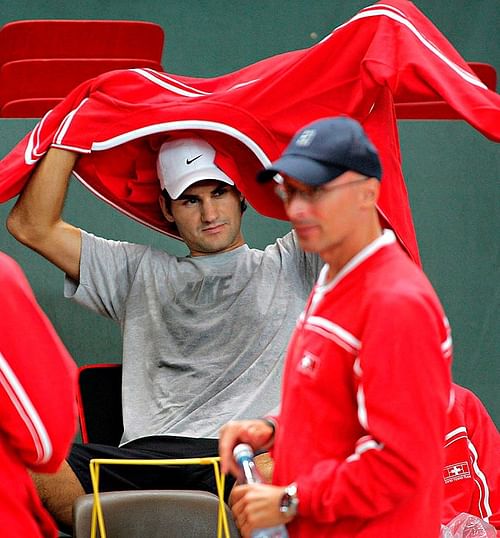
A packed schedule in 2014 did not augur well for Federer’s body. In a Houdini-like escape, Federer beat fellow countryman Stan Wawrinka in the semifinals of the ATP World Tour Finals after saving four match points. However, he sustained a back injury during the match .
A week away from playing the Davis Cup Final against France, Federer opted not to play in the final in order to be ready for the Davis Cup. In hindsight the “trade-off” was a wise one as he clinched his maiden Davis Cup title.
At the beginning of 2015, Federer chalked out a schedule only till Wimbledon. He skipped the Montreal Masters this year to rest and recover, arriving fresher than ever at the Cincinnati Masters, where he defeated World No.1 Novak Djokovic to win his 7th Western and Southern Open. Working closely with his long term fitness trainer Pierre Pagnini and listening to his body more than ever has helped him stay in the hunt for titles.
Expecting the unexpected
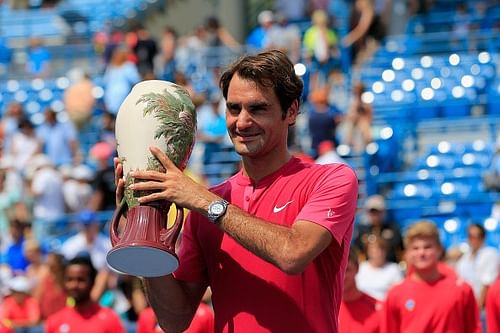
Federer’s latest tactic at the recently concluded Cincinnati Masters caught not only his opponents but spectators too by surprise. In his second round match against the big-serving Kevin Anderson, Federer snuck 3 metres into the court to return his second serve. This surprising tactic, which saw the Swiss maestro almost inside the service box to return a second serve from a 6 foot 9 inch player as a half-volley, baffled admirers and critics alike.
He continued to employ this tactic even against top players like Andy Murray. “I did it in practice more as a joke, and I tried it again and again and again, and it just seems like it's not that hard for me to do,” he said following his semifinal victory against Andy Murray. “Plus, you know, it makes you play very committed.”
This unorthodox shot takes time away from the opponent and puts him immediately on the back foot. The opponent would have just completed his follow through on the serve but Federer would have returned the service even before the opponent would have steadied himself for the return. Even the current World No.1 Novak Djokovic acknowledged that it was a highly effective tactic against players like him who would like to have that little bit of extra time for each stroke.
Federer exploited the fast surface at Cincinnati and stuck to his aggressive game plan to defeat Djokovic in straight sets and clinch his 7th Cincinnati Masters title. In his straight sets triumph, Federer charged the net about 29 times in the entire match out of which he won 21. Old-school tennis at its best.
What’s in store for the US Open 2015 ?
The sport itself has moved from the era of serve-and-volley to baseline slugfests, from touch tennis to power tennis. Roger Federer has not just survived these transitions, he has embraced them all to stay relevant. The proof is in the rankings.
At the age of 34, he is World No.2 when most of his compatriots are descending the rankings at quite a rapid pace.
While staying relevant is about numbers it is also about not being confined by them.
Kurt Vonnegut, the American writer and humorist, once said “To practice any art, no matter how well or badly, is a way to make your soul grow. So do it.”
Roger Federer practices his art and does it well. And that is why when he takes to court every single time his soul grows and our soul stirs.